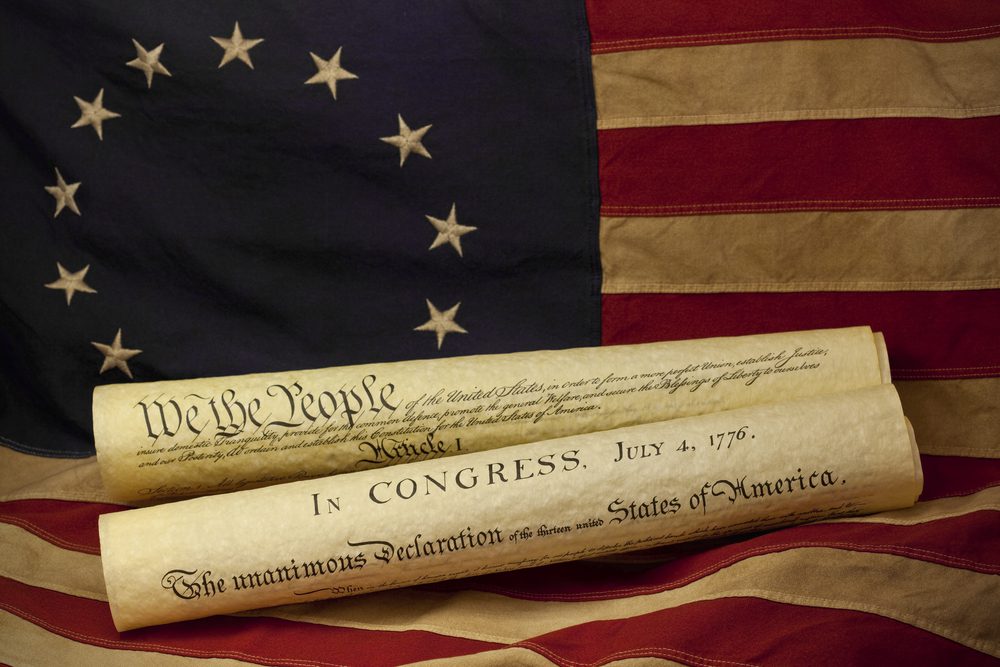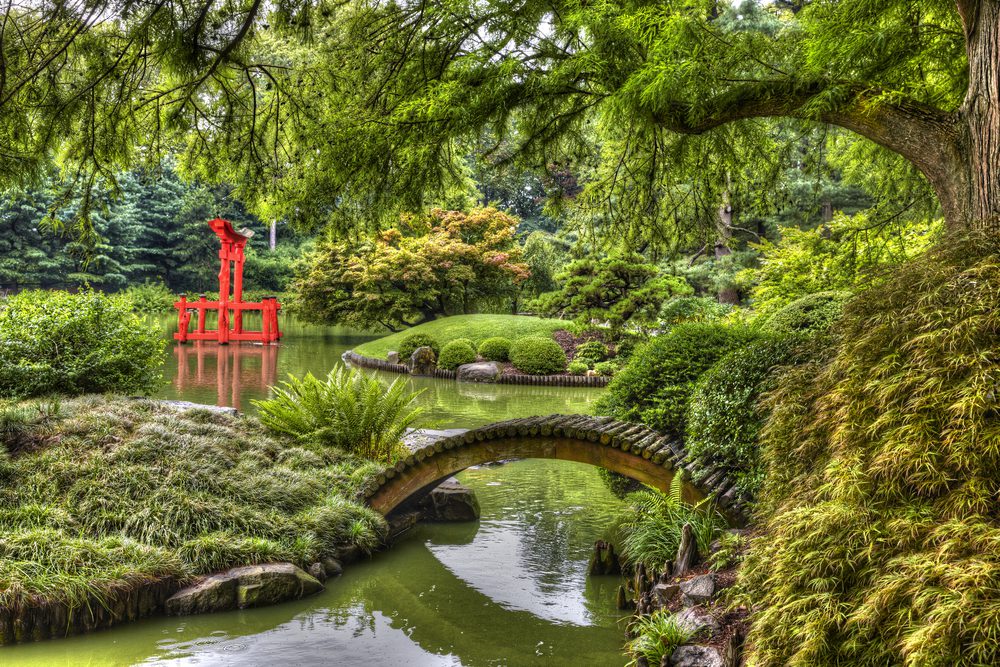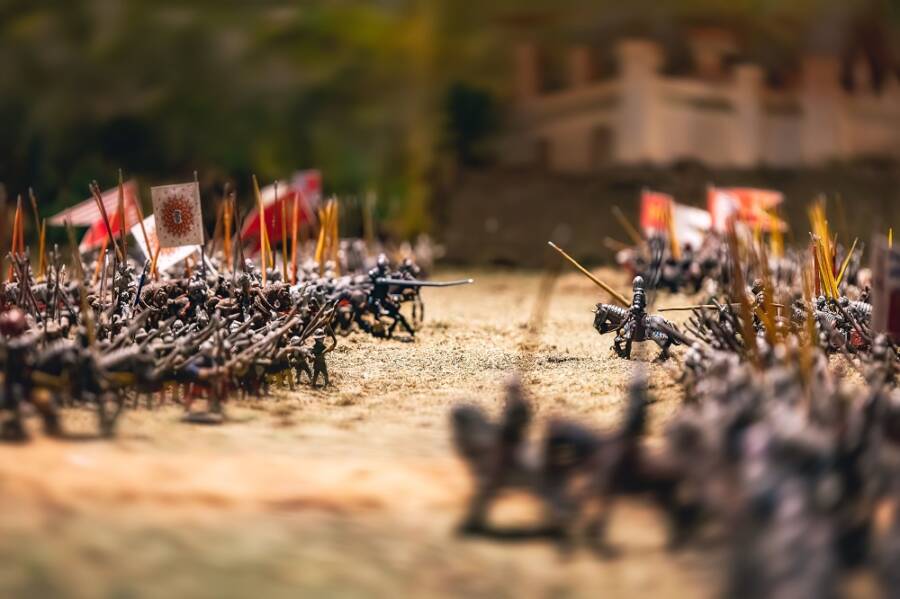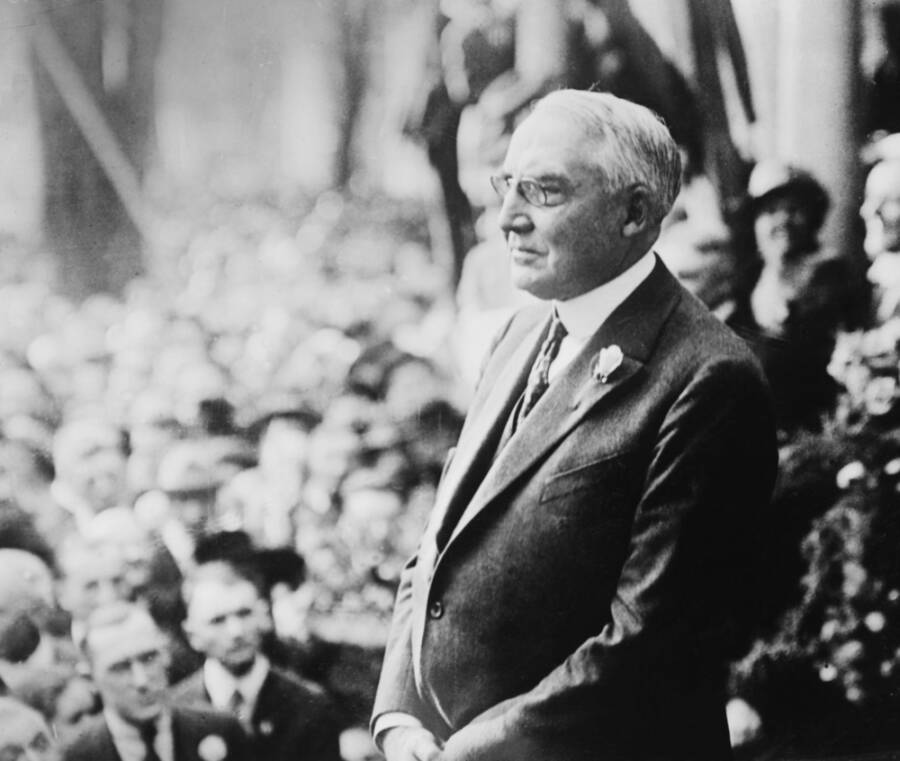How much do you know about the history of the United States?
We all say that we love our country and that we’re proud to call ourselves Americans. But how well do we actually know what happened in the past? Of course, we are aware of the well-known facts, like how we managed to gain our independence and why we have certain holidays, like Thanksgiving Day or Halloween, but there are some things that aren’t very popular but are still important.
For instance, the month of July is a particular time for all American citizens who like to take a step back and think about US history, especially the iconic moment in 1776 when officials from the Second Continental Congress announced that we were independent of Britain.
While we’re on the subject, it’s worth saying that there are moments that are considered by many historians to be important milestones, although they don’t get all the credit they deserve.
But we are here to tell you everything you need (and want) to know! We’ve talked to a few experts about America’s history, and they shared their knowledge with us. With that being said, here are 4 mind-blowing things about our country’s history you didn’t know about!

1. The Congress and the Constitution
If you ask another American citizen about the Constitution, they will almost certainly be able to recite one of the first 10 amendments, known as the Bill of Rights.
They might say a few words about the protections against harsh and unusual punishment, the right to carry weapons, or the freedom of speech and religion. But there’s more to that, as historians say.
Something not many people know is that the Founding Fathers had to figure out the process of adding amendments before they could pick which rights to protect. Moreover, this subject sparked heated discussion in the First Federal Congress in August of 1789.
They had quite a few problems before they decided what the end result would be like. For example, James Madison thought that amendments should fit in with the rest of the text, while Roger Sherman thought they should be put at the end as an appendix.
But the idea that won the debate was Sherman’s, and the fact that Madison lost has huge repercussions for how we interpret the Constitution today.
If Madison had won, the Bill of Rights, as we know it today, would not exist, nor would the First or Second Amendments. Instead, its provisions would be simply sprinkled throughout Article I.
It took the United States of America well over a century to use this now-famous method of identifying the original amendments. For this to work, they needed to be aesthetically and texturally differentiated from the previous 7 pieces.
…Did you know about this little piece of history?
2. Oneida and George Washington at Valley Forge (1777-1778)
The following significant event in American history took place at Valley Forge, when George Washington was assisted by Oneida. Here’s what exactly happened a few centuries ago.
Oneida allies of the revolutionary army walked and hiked hundreds of miles from their country in what is now upstate New York to Valley Forge in the winter of 1777–1778 to help with the hunger there.
They rescued George Washington’s famished army by bringing hundreds of bushels of white maize on their backs and showing the rebels how to cook it. Basically, their help was exactly what Washington’s army needed.
Unfortunately, the support that tribal nations provided to the United States during that conflict and, by extension, many other issues that happened next, have been largely forgotten.
The worst thing about this entire episode in the history of America is that even George Washington seems to have forgotten his allies, which might be considered the most dishonorable aspect of the situation. He quickly destroyed dozens of Iroquois villages in upstate New York after the war ended to make way for settlement and indiscriminate retribution for the help some tribes gave the British.
It’s safe to say that American myths and fantasies have pushed aside the real facts and the rich history of Indian and Anglo ties, and that these stories leave out the idea that what we now call the United States was built not in opposition to Native life but in response to it.

3. New York City and the botanical garden (1801)
If you love New York City and you’re fully impressed by how beautiful the architecture looks, you surely like the blend of modern skyscrapers and the simplicity of nature. Even though Central Park is a gorgeous piece of nature that is typically the one that is visited the most by tourists, the city’s Botanical Garden is another work of art that deserves our attention.
As many sources say, the Botanical Garden, which is one of the most beautiful things in New York City, is another significant part of history that not many Americans know about.
In 1801, an American physician established the first public botanical garden in the United States and designed it on 20 acres of farmland near Manhattan. His name was David Hosack, and he dreamed of laying the foundation for an agricultural and medical research center where his country’s health and economy might flourish over the years.
He couldn’t make his dream a reality on his own, so he needed the help of a few people, like Aaron Burr and Thomas Jefferson to gather a collection of over 3,000 different species, both native to the Americas and brought there from elsewhere.
According to historians, he was a pioneer for American professional botanists, thanks to the fact that he used his garden to do ground-breaking research on how plants could be used to treat diseases. During this time, a few of his former students have started important healthcare institutions and medical journals in the United States.
At the time of his death, David Hosack was well-known on both sides of the Atlantic, especially for his work in the community and his role as a doctor at the 1804 duel between Alexander Hamilton and Aaron Burr, who were both close friends of his.
For the common good (at least this is what they said), the state of New York bought Hosack’s property in 1814, and Columbia University later seized it. After a while, Columbia leased the property to John D. Rockefeller Jr., the man who constructed Rockefeller Center there.
Only a few people know that the area used to be a garden, but botanical gardens in every state continue Hosack’s work of studying and teaching about the environment.
4. Maria Stewart’s speech (1832)
…Are you ready to know more about USA’s history? Here is the last important event on our list!
Afro-American writer and speaker Maria Stewart made history on April 28th, 1832, when she addressed the Afro-American Female Intelligence Society in Boston as the 1st American woman on record to talk on politics to an audience that included both men and women.
She was a brave woman who believed that society needed someone to speak up and discuss issues that affected the entire society rather than remaining silent simply because it was recommended.
Stewart challenged male leadership in her talks on the difficulties of letting go of slavery and achieving civil rights, arguing that black women should have the right to speak their minds when it comes to public affairs.
Maria Stewart managed to convince some people to agree with her and share her point of view, but it wasn’t enough. Many others felt she had gone too far.
Stewart talked about her “farewell” message in September 1833 due to ridicule. But she wasn’t finished, and she devoted the rest of her life to preparing the next generation of black women to be leaders in a society that was not ready to progress and be inclusive.
As history says, the contributions of women like Maria Stewart, who came before writers like Susan B. Anthony and Elizabeth Cady Stanton, were typically glossed over in early accounts of the women’s suffrage movement.
For a long time, people relied on their accounts as the gold standard. In a book about her, called “Maria W. Stewart: America’s First Black Woman Political Writer”, published in 1987, historian Marilyn Richardson gave us a fresh perspective on Stewart’s life and work. Maria Stewart’s people, who are now entering politics, are part of a new generation of women of color, and the speech she gave in 1832 is still important today.
…What are your thoughts on our country’s history? We would like to know what you think, so don’t forget to leave us a comment down below!
…If you want to read something else from us, we have plenty of amazing articles for you to check out! Here’s a good one: American History Facts: 10 Important Things You’ve Never Learned in School!





